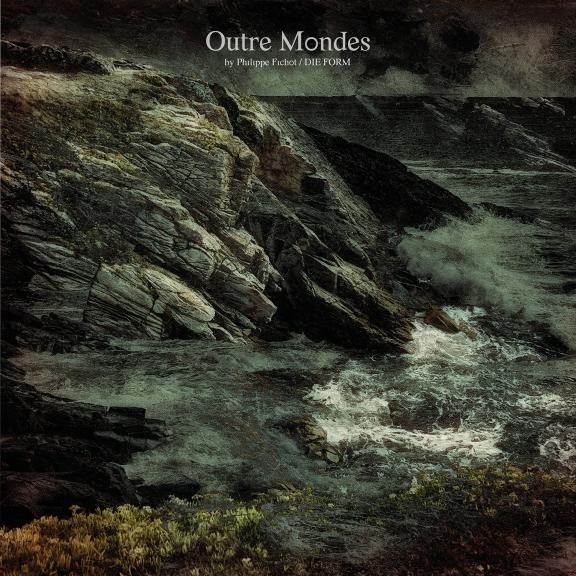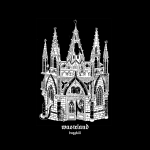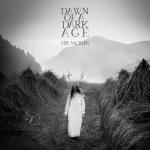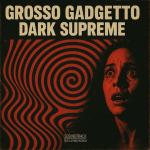Outre-Mondes is a project in a class of its own. It was conceived in 2021, a period when, for understandable reasons, its author was seeking to escape into time and space; the result is a work that is both musical and visual, published in the double form of an eponymous album and a book of associated photographs in collector's editions at the beginning of 2024. The covers of both differ in tone - grey-blue for the first and orange-blue for the second - as do their atmospheres, the violence of the waves and rock colliding with each other on the one hand contrasting with the unreal calm on the other; nevertheless, they have the same subject, the fantastic beauty of a landscape enclosed between the sea, the shadowy sky and the angular cliffs. Nature is at the heart of Outre-Mondes. Nature is at the heart of Outre-Mondes. This nature isn't that far away, in Brittany, yet you really feel like you're on another planet as you leaf through the ninety-two pages of the book.
The focus is on landscapes, where humans are nowhere to be seen, even if their buildings sometimes are, and where even animal life is rare; there is no movement, and consequently no time either. The music on the album follows the same logic: it is entirely instrumental, with no vocals or distinct human voices; the tempos are relatively calm, taking the time to gently guide us through their soundscapes rather than trying to make us dance. On the first track, The Rising Tide, there's a slight fear that the album will remain too soft and luminous: this first track welcomes us with the sound of waves and sea wind before a gentle sample of string instruments, despite the electronic beats heard in the background, like a heart biding its time.
But this serenity doesn't last: from the very next track, Desiderium, the tone darkens, the samples begin to hiss and distort, the beats hammering out a muted expectation not devoid of anguish. Then the tone gets even heavier. The sounds become entirely different: machines in motion, gloomy tinkling, mechanical breathing, muffled voices, creaking, shrill hooting... Despite its theme, Outre-Mondes is steeped in an industrial atmosphere, which after all reflects the dark, massive and salient aspect of many of the landscapes photographed! When layers of synthesizers or the sound of string instruments return to the game, they are forced to follow the movement impelled by the mechanics. As Outre-Mondes itself says, it goes from silence to tragedy.
We are well led during this journey : the melodies guide us perfectly, taking us from the tops of the waves to the depths of the most menacing mineral landscapes, where we find ourselves surrounded by so many strangely shaped rocks and trees; they do so with as much appeal and clarity as a human voice would. On this journey, we particularly appreciate the darker, more industrial tracks: the eponymous Outre-Mondes, where we follow the melody through a rich universe of sound, changing atmosphere several times; Les Mondes Inversés, the most distressing, where the tinkling dominates everything else; Zoonose, with its sinuous construction. Among the calmer tracks, the one we'll have enjoyed most is Energy of Sadness, with its beautiful synthetic melancholy.
If you're sensitive to its fascination with landscapes dominated by minerality and darkness, the imposing and the infinite, and if you appreciate its electro-industrial sounds, Outre-Mondes is a very fine project. At this point, it's time to ask ourselves if we haven't already discovered who's behind this project, who likes to combine his talents as a photographer with experimental electronic compositions that are both lyrical and oppressive: it's Philippe Fichot of Die Form, who adds this parallel project to the long list of those he has already developed alongside his main duo with Éliane (Hurt, Société Anonyme, Sombre Printemps, Ukiyo...). And while we recognise his talent and his taste for combining visual art and music, we are much more surprised by the theme, coming from him: nature is not a central theme of Die Form or his previous side-projects, even if it was sometimes very present in some of the photographs. It's hardly surprising, then, that this record and the accompanying book have been the subject of a separate project. We can only be delighted: this new facet is very charming.





